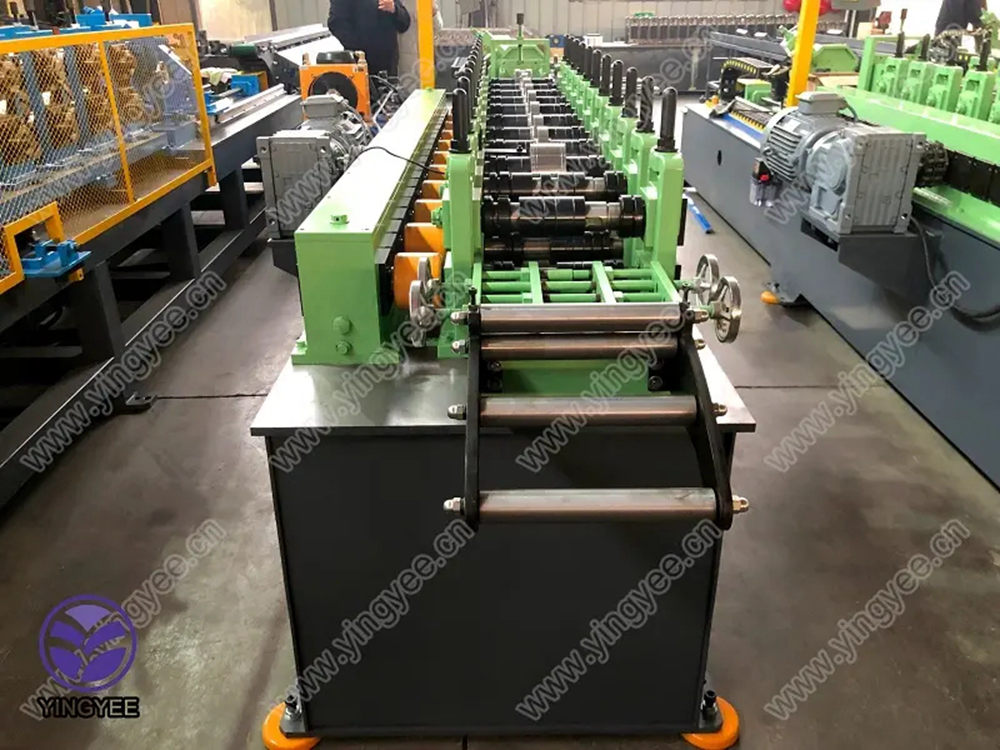
The Evolution and Importance of Straightening Machines in Modern Manufacturing
In the world of manufacturing, precision and accuracy are paramount. One of the critical machines that have played an essential role in achieving these requirements is the straightening machine. As industries evolve, the demand for higher quality and more reliable products has led to advancements in machinery, particularly in straightening technology.
What is a Straightening Machine?
A straightening machine is a specialized tool designed to correct the shape of materials such as metal rods, sheets, and tubes. These materials often undergo various processes that can result in warping, bending, or other deformations. Straightening machines work by applying controlled force to these materials, effectively restoring them to their intended shape. The process not only enhances the aesthetic quality of the materials but also ensures that they meet the necessary specifications for further processing or use.
Types of Straightening Machines
There are several types of straightening machines utilized in different manufacturing sectors. The most common include
1. Roller Straightening Machines These machines use a series of rollers to apply force to the material as it passes through. The rollers are strategically placed to exert pressure at specific points, helping to straighten the material efficiently.
2. Press Straightening Machines This type involves using hydraulic or mechanical presses. The material is placed in the machine, and the press applies direct force at certain points to eliminate bends or warps.
3. Mechanical Straighteners Similar in function but often more manual, mechanical straighteners require operators to control the process, making adjustments as needed to achieve the desired results.
Applications in Industry

Straightening machines are integral to various sectors, including automotive, aerospace, construction, and manufacturing. In the automotive industry, for example, components must adhere to strict tolerances to ensure safety and performance. A slight deviation in shape can lead to significant issues, making straightening machines critical in the production process.
In the aerospace sector, straightening machines help in the fabrication of high-strength materials that need to meet rigorous industry standards. The precision achieved through straightening is vital for compliance with safety regulations and performance specifications.
Additionally, in the construction industry, straightening machines ensure that steel reinforcements and other structural components are shaped correctly. This accuracy contributes to the overall integrity and safety of buildings and infrastructure.
Advancements in Technology
With the advent of automation and smart technologies, straightening machines have undergone significant transformations. Modern machines often incorporate advanced features such as sensors and feedback systems that allow for real-time monitoring and adjustments during the straightening process. This not only boosts efficiency but also enhances the quality of the final product.
Furthermore, the integration of computer numerical control (CNC) technology has paved the way for more precise operations. Operators can program the machine to follow specific patterns and tolerances, making it easier to achieve consistent results across different batches of materials.
Environmental Considerations
As industries strive for sustainability, the manufacturing processes involving straightening machines are also evolving. Manufacturers are increasingly focusing on minimizing waste and energy consumption. Modern straightening machines are designed to be energy-efficient, reducing the overall carbon footprint of the manufacturing process.
Conclusion
The importance of straightening machines in modern manufacturing cannot be overstated. They play a crucial role in ensuring that materials meet the necessary standards for quality and performance across various industries. As technology continues to advance, straightening machines will become even more efficient and precise, helping manufacturers produce high-quality products while meeting the ever-increasing demands of the market. The evolution of straightening machines is a testament to the industry's commitment to innovation and excellence, paving the way for a future where quality and sustainability go hand in hand.